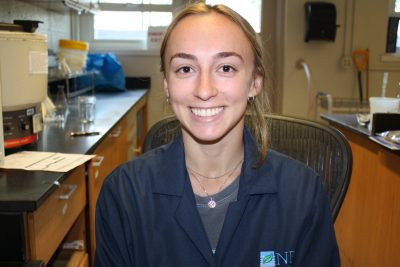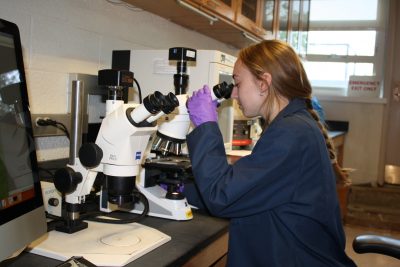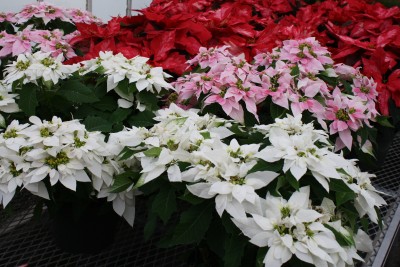The UConn Plant Diagnostic Lab will be closed December 23rd, 2024 – January 1st, 2025. Please do not schedule samples to arrive to the lab until January 2nd or later.
Thank you and happy holidays!
The UConn Plant Diagnostic Lab will be closed December 23rd, 2024 – January 1st, 2025. Please do not schedule samples to arrive to the lab until January 2nd or later.
Thank you and happy holidays!
With the upcoming Thanksgiving holiday, we want to notify you of these anticipated changes in operations:
The UConn Home & Garden Education Center will be closed Wednesday, November 27th through Friday, November 29th for the Thanksgiving holiday weekend.
The UConn Plant Diagnostic Lab will be closed from November 27th to December 6th. Please do not submit samples to the UConn Home & Garden Education Center to be sent on to the lab during this time!
However, please continue to send emails to us at ladybug@uconn.edu or leave us a voicemail at 1-877-486-6271 and we will get back to you when our staff is in office!
Our plant health team at UConn wishes you and your loved ones a safe and happy holiday season! Thank you!

The UConn Plant Diagnostic Laboratory will be closed Monday, September 2nd in observance of Labor Day.
The lab will also be closed September 9th through September 13th so members may participate in the National Plant Diagnostic Network (NPDN) meeting being held in Portland, Maine.
Please refrigerate any samples collected the week of September 9th and plan to submit on September 16th when we return. Samples collected just before submission are most likely to result in a confidant diagnosis!
Thanks, and be well!
The UConn Plant Diagnostic Lab observes all federal holidays and will be closed Thursday, July 4, in observance of Independence Day. The lab will also be closed Friday, July 5th to allow lab staff time to spend with family. Please plan to mail new samples no sooner than July 6th. Sample drop-off at the Home & Garden Education Center will resume Monday, July 8th.
We wish you and yours a safe and enjoyable holiday!
The UConn Plant Diagnostic Laboratory will be closed October 9 in observance of Indigenous People’s Day. We would like to acknowledge that the land on which the UConn PDL is built is the territory of the Eastern Pequot, Golden Hill Paugussett, Lenape, Mashantucket Pequot, Mohegan, Nipmuc and Schaghticoke Peoples who have stewarded this land throughout the generations. We thank them for their strength and resilience in protecting this land, and aspire to uphold our responsibilities according to their example.
We will reopen Tuesday, October 10th.
The UConn Plant Diagnostic Lab observes all federal holidays and will be closed through Tuesday, July 4, in observance of Independence Day. Please plan to submit new samples when we reopen Wednesday, July 5th
Thank you and be well!
Laurel Humphrey has joined the UConn Plant Diagnostic Laboratory as our 2023 Extension Intern. Welcome to the team, Laurel!


The 2022 Diagnostic Summary Report is now available! This document is a summary of the samples received and services rendered by the University of Connecticut Plant Diagnostic Laboratory in 2022. Available data includes host, pathogen, and submission information. Confidential information of clients is withheld.
The report may be accessed for viewing and download here, or by navigating to the diagnostic reports tab above.
Warm regards for a prosperous 2023,
Dr. Nick Goltz
UConn PDL director
The UConn Plant Diagnostic Laboratory will be moving to a new location on campus (YNG 011) in December. To accommodate this move, we will suspend our services temporarily. The last day to submit physical samples for 2022 will be November 30. We anticipate reopening January 17th, 2023.
From all of us at the PDL and Home & Garden Education Center, we wish you and your loved ones peace and prosperity this holiday season.
– Dr. Nick Goltz, UConn PDL Director

Helen ‘Len’ Schott was hired to join the UConn Plant Diagnostic Lab and Home & Garden Education Center team as our Fall 2022 Undergraduate Extension Intern. Welcome to the team, Len!
